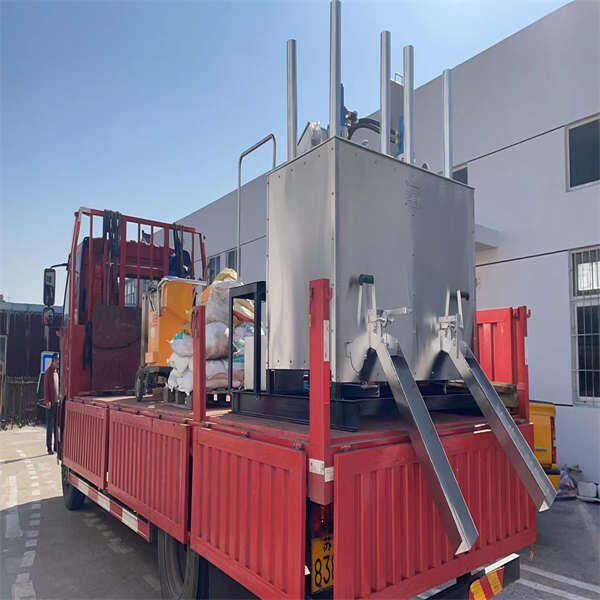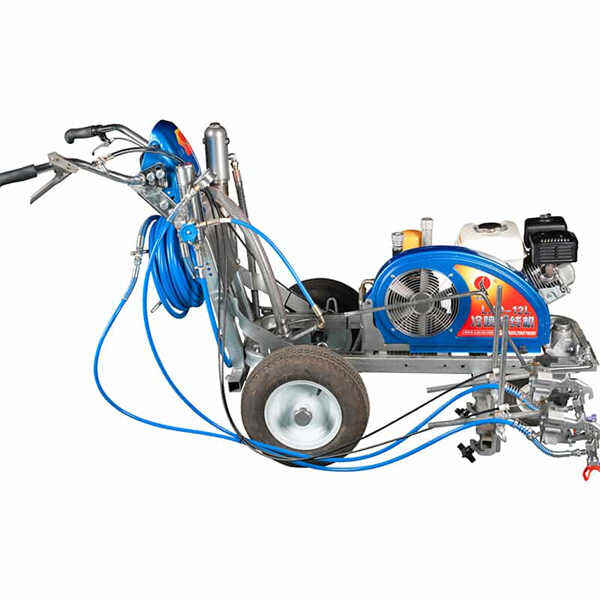For starters, the machine can regulate how much paint will be released from a nozzle. That is critical because that gives workers a way to tune it to have thicker or thinner lines depending on what the road requires. For example, some areas may need thicker lines to stand out more while in other places thinner lines would suit best. The track is stripped using a 'tar-weed' machine which paints the road, and should always be straight (with perfect smooth lines) so there are no wobbley or crooked ones that could distract drivers!
It seems like pavement markings are something we've been using for eons, but as technology continues to march forward so do the products that help improve our lives. Autonomous pavement marking machines that are already on the market and which feature lasers to help workers draw precise lines in straight line. This is most beneficial when you are painting long roads. Some have cameras that snap photos of the road as they paint, like any other shabby-chic Instagramer with an agenda to push, and some feature a small monitor where workers can see precisely what spots are covered. No area is omitted with the use of such a technology, it simplifies overall job.
For traffic safety, what does this mean? This is because these road markings are larger, more visible and mean safer roads. A significant reason why the drivers are not likely to get in accidents is because they can very well see where they need to go! That means clear markings can help a driver — particularly when it comes to tricky situations like merges and intersections. Furthermore, faster and more precise line painting by workers means there are fewer errors made — another element that leads to safer roads.
Although it may not sound like much, a highway is quite the undertaking to maintain—pavement markings are only one small aspect of that entire process. But since that pavement marking machine is scarily efficient, it still helps the workers complete the job far more quickly than they could by hand. That keeps them free to paint and hit the road for other critical work, such as filling potholes or fixing signs. This in turn helps the highways to last longer and allows drivers a safer environment for driving.

Safety demand is and should be one of the major reasons for encouraging efficiency, but it pays dividends in terms of cost efficiencies as well. It helps workers to get through the job faster, so they can complete more jobs in a day. This can be particularly useful for companies doing a lot of highway work, as it means more jobs completed equals higher earnings. There are quite a few other items that workers can get done quickly and effeciently as well to help keep the roads in good shape, intstead of wasting time.

However, working quickly is not the only thing. These machines could also keep prices down. The machine is accurate will dose the required amount of paint,workers use much lesser color than what they require painting by hands. This also helps save money. Anything that is painted evenly will probably leave less room for needing to be repainted in the future. Collectively, this has the potential to save a great deal of money for both road maintenance companies and taxpayers who foot the bill.

We all know how aggravating faded or even non-existing lines on the road can be, if you have driven over any of them. It is confusing and potentially hazardous when drivers cannot see where they have to go. However, with pavement marking machines there is no excuse for low-quality road markings. These machines are ideal for anyone who works in maintaining highways as part of a government agency or just needs to mark parking lots quickly and accurately — whether they're working with large line marking tape rolls, medium lines that require the use of sprayable/injected thermoplastics, preformed shapes/letters/logos/symbols etc.